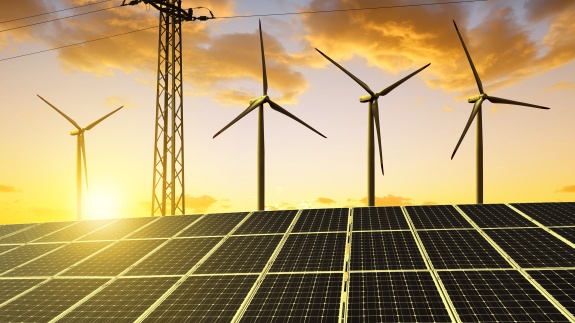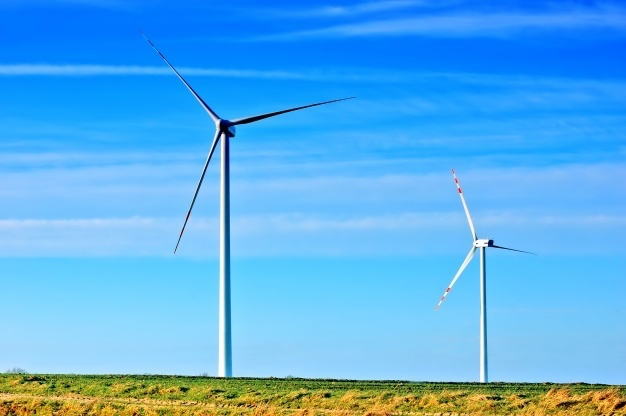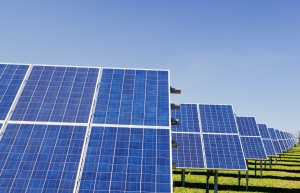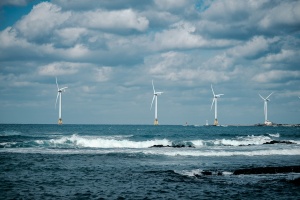40 per cent renewable energy target for Vietnam's commercial power consumption
 |
Vietnam aims to increase the proportion of renewable electricity production, including hydropower, to 30-39 per cent of total commercial electricity. Consequently, when investing, it is crucial to evaluate energy storage requirements and forecast prices.
According to a number of analysts, the research model by the Vietnam Initiative for Energy Transition (VIET) for forecasting energy storage demand and electricity pricing, which was announced on the afternoon of May 31, has wide applicability.
The research conducted by VIET on energy storage systems yielded three significant findings.
To accelerate the energy transition in a reliable and sustainable fashion, it is necessary to first increase the capacity of hydroelectric power sources and electricity storage.
Secondly, to achieve the ambitious objective of the Just Energy Transition Partnership (JETP), it is advised to have at least 6GW of conserved hydroelectricity or other electricity storage systems to guarantee energy security.
Thirdly, electrochemical energy storage units can contribute to ancillary services, particularly the alleviation of transmission grid congestion.
Based on these three findings, VIET proposes installing 2000MW of electricity storage in the northern region to mitigate the effects of the power shortage. It suggests that the remaining storage units should be situated in areas with a high concentration of renewable energy sources, specifically 1000MW in the north-central region and 1500MW in the Central Highlands.
Dr. Mai Thanh Tam, a representative of the research team from Eindhoven University of Technology in the Netherlands stated, "There are errors when forecasting, but the output results are essential for shaping the trend of investment and development for new power sources and storage demand, which will indicate competition for ancillary service provision."
VIET's research on an electricity price forecasting model seeks to provide an insight into electricity prices for manufacturing and company operations in the future, not official information to modify them. However, it does provide three crucial indicators.
Initially, employing machine learning models to regression analysis permits a deep-dive into the impact of power development on future electricity prices.
In addition, the estimates of electricity prices for manufacturing and company operations depend on the anticipated system marginal price and the proportion of power plants participating in the electricity market. The projection for electricity price for manufacturing and company operations in 2025, based on the PDP8, increased substantially compared to the present – in the range of 9.3-15 US cents per kWh. The proportion of power facilities participating in the electricity market is assumed to range between 40 and 65 per cent.
Thirdly, an increase in the percentage of power facilities that are involved in the electricity market can mitigate the magnitude of price increases. The research team proposes increasing the proportion to increase market competition and reduce the scale of price rises.
The government has released the National Power Development Plan for 2021 to 2030, with an eye towards 2050. The master plan is a crucial premise for achieving net-zero emissions by 2050 and for implementing the JETP agreement with the G7+ countries.
To effectively deploy the PDP8, the problem of flexibly operating the power system on between 30.9 and 39.2 per cent renewable energy – including hydroelectricity – by 2030, and reaching the target of 47 per cent, must be solved immediately.
According to numerous analysts, forecasting electricity prices for manufacturing and company operations and the demand for state reserves necessitates policies to promote investment in storage systems in accordance with a reasonable roadmap.
The aim is to guarantee the optimisation of investment resources in the electricity sector by both the state and the private sector, thereby obtaining the most appropriate electricity price for Vietnam's economy.
 | Vietnam's power sector faces difficulties integrating renewable electricity The accelerated expansion of solar and wind energy is straining the national power grid. |
 | Vietnam to explore direct power purchase agreements in renewable sector Vietnam's Prime Minister Pham Minh Chinh has revealed path for direct power purchase agreements (DPPA) to drive renewable energy investments. As the nation positions itself as a key player in the renewable energy landscape, the successful implementation of DPPA mechanisms promise to propel Vietnam towards a more energy-independent future. |
 | PVS in talks with foreign investors for renewable energy investments PetroVietnam Technical Services Corporation (PVS) has revealed an overview of the company's successful bidding and contract acquisition for offshore wind power projects in various international markets, while emphasising the company's potential to lead in Vietnam's offshore wind power sector. |
What the stars mean:
★ Poor ★ ★ Promising ★★★ Good ★★★★ Very good ★★★★★ Exceptional
 Tag:
Tag:
Related Contents
Latest News
More News
- CME Solar strengthens position in Vietnamese renewables (December 30, 2025 | 11:21)
- Self-care signals shift towards sustainable healthcare (December 30, 2025 | 10:12)
- GreenYellow marks five years of clean energy growth in Vietnam (December 26, 2025 | 15:51)
- TCP Group partner with VNUS to launch water conservation project (December 25, 2025 | 14:00)
- Heavy industries set for pilot greenhouse gas quotas (December 25, 2025 | 10:00)
- Swedfund invests in MSME growth and climate action in Vietnam (December 19, 2025 | 11:42)
- GreenYellow brings solar energy to light up remote schools in Tuyen Quang province (December 19, 2025 | 08:00)
- Charge+, Grab partner to develop EV charging network in Vietnam (December 18, 2025 | 17:11)
- Linking sci-tech and innovation to Vietnam’s net-zero future (December 18, 2025 | 14:31)
- Driving double-digit growth through green and circular transformation in Vietnam (December 17, 2025 | 09:00)






















 Mobile Version
Mobile Version